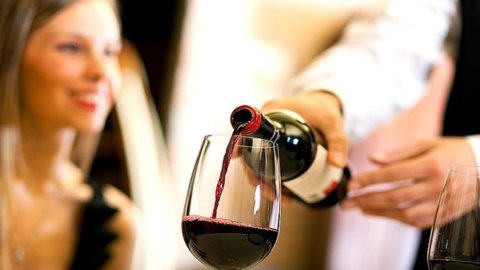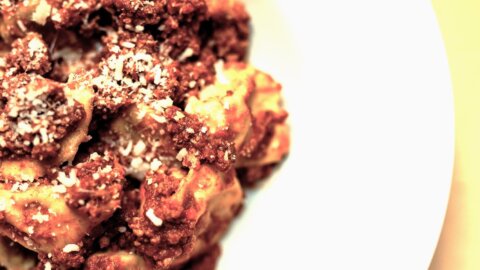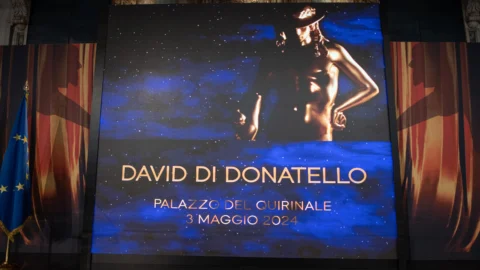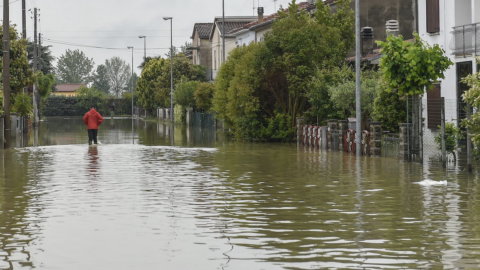You turn the page with the Guide de “The Italian wines of L'Espresso” 2017. Despite its young age – it was born in 2000 – the Guide, directed by Enzo Vizzari, is rejuvenated, alongside two curators, Andrea Grignaffini and Antonio Paolini, and is radically renewed: no longer "generalist" but "selective". In the era of Twitter, of social culture, of new synthetic languages that characterize the communication of young people, of essential information, the Guide adapts. It abandons the old traditional guise and aims at the consumer rather than the experts in the sector (who don't need guides so much). But it goes much further. No more rankings and voting. “We realized – says Paolini – that the average quality of the wines has grown a lot, awareness and technical ability have become a widespread heritage: today it is difficult to find a bad wine in such a situation, among the scores of the bottles there would have been infinitesimal: an exciting topic for insiders, perhaps, but not for those who go to the wine shop”.
The 2017 Guide launches a revolution in the way of approaching wine by addressing a consumer who now considers himself mature to make his choices in terms of wine with greater awareness and satisfaction. The Italian wine scene proposed in this guide narrows considerably: the attention of its readers is focused on a year of guided sensations. No more thousands of recommendations, but a choice of one hundred excellences per sector as if to say: we have a year ahead of us, let's travel together to discover the sensory flavors of one of our products of excellence which is conquering world markets but which is still little known or at least, it is not appreciated at home as it should and deserves. Hence, the 2017 Guide places its magnifying glass on three categories that constitute a weighted professional as well as editorial choice: three distinct classifications ordered by value, but without scores: the "100 wines to drink immediately", important and excellent wines, which can be uncorked immediately; the "100 wines to keep", i.e. those destined to refine and improve over time; and, very useful for consumers' pockets in times of crisis, the "100 wines to buy", or rather labels which, due to the excellent relationship between intrinsic quality and market price, represent the best cost-benefit equation.
And already observing the first places in the category of wines to be consumed immediately, the editorial choice is immediately perceptible: the Barbaresco Crichët Pajé 2007 I Paglieri di Roagna (costing 600 euros), is accompanied by a white, the Greco di Tufo Pietra Rosa 2013 from the Di Prisco company, which with its 15 euros is suitable for all budgets followed in turn by a sparkling wine for special occasions, the Franciacorta Extra Brut Vittorio Moretti Riserva Meraviglioso di Bellavista for which you have to spend over 500 euros.
But above all the editors of the Guide in this journey through the boot intend to point out to readers geographical areas of production that deserve particular attention. Starting from the consideration that beyond the great sacred monsters of Italian enology, such as the great Tuscans, the Bolgheri, the Brunelli and the Barolo Riserva 2010, which are on the altars and will remain there for a long time, other production realities also aspire to the limelight aspire to place among the wines of excellence of the Italian tradition such as some wines of Sardinia, with its prominent denominations: Cannonau, Carignano del Sulcis, Malvasia di Bosa, Vermentino di Gallura which represent the real surprise of this year; of Abruzzo which has been growing for years in quality, with its most famous Montepulcianos such as the one produced by the Valentini company, (300 euro wines) which for six years it was not placed on the market because it was deemed by the manufacturer not to live up to the name, but also with some minor wineries both white like Trebbiano or red like Cerasuoli; of Campania with its Taurasi and here Luigi Tecce's Poliphemo 2012 should be mentioned, which takes first place in the ranking of the 100 wines to be preserved, surpassing wines of noble lineage from Piedmont and Tuscany at a price of 45 euros far above below its Nordic competitors; from the Marches that present themselves with a Verdicchio di Matelica 2015 by Fabio Marchionni which for years has kept a rather limited production so as not to distort it, and at very moderate prices.
But above all it is Sicily, and in particular the Etna area, the great revelation of the last decade, not only for the wines but also for the high quality oil. Worth mentioning in this case are the Nero d'Avola grown in the Pachino area, the Frappato of Ragusa, the Cerasuolo Grotte Alte by Arianna Occhipinti, the natural woman of wine who has banned any corrective and herbicide chemical agent from her crops and who exports 50 countries of the world, Russo Girolamo's Etna Rosso 'A Rina 2014 and Pietradolce's Etna Rosso 2015.
The central nucleus of the Guide is then dedicated to the best wines of the most important denominations (120 appear) ordered by region, each introduced by a map that highlights the main denominations of origin. And here too we have another revolution. In Italy there are over 400, too many for the editors of the Guide, they end up being misleading for the consumer. A suggestion for institutions, consortia and producers: at a time when we are focusing heavily on exports, strengthening our market shares on profitable markets such as the United States or landing on promising Asian and above all Chinese markets, a little clarity does not hurt.
Obviously the section dedicated to the Companies has been maintained: presented in alphabetical order, only those that sign the wines present in the three classifications appear. Another useful indication for the consumer but also… to make a good impression with the guests, is the last section of the Guide dedicated to conservation, service, pairings, with an essential glossary for those who approach wine with curiosity and want to know more.
In short, the operation being attempted is to bring the market closer to the consumer and vice versa. And it is no coincidence that having included a Brunello di Montalcino or a Barolo in the section of “100 wines to buy” for the right cost/quality ratio by choosing products that fall within an economically affordable range even if in terms of quality they are very close to those of the high-end market, it is a clear indication of the service that the new L'Espresso Guide wants to render to enthusiasts of wine.





